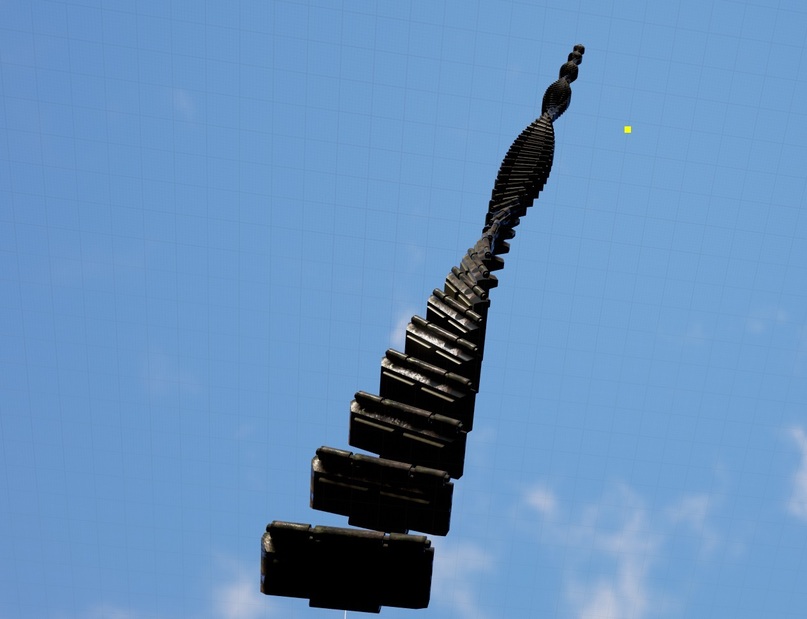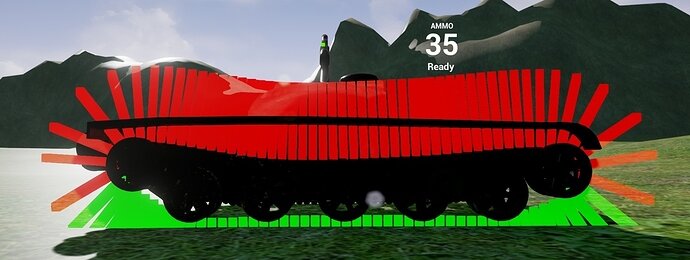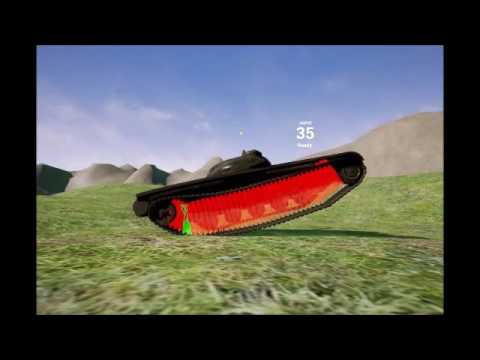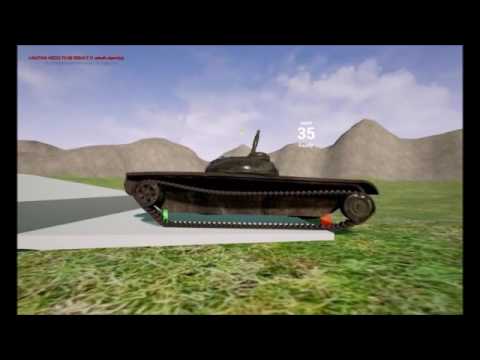@RyanPalmer: thanks a lot mate.
Major Update
This is what i got to work this weekend:
Looks abit similar to what you have seen before, but instead of ugly replicating Meshcode, i have managed to make my first C++ procedural Pointer-Array based Meshgeneration, Animation and Positioning method.
In addtion, the spline is now a real loop. Sounds easy, but gave me a hard time to implement correctly with hours of viually debugging the whole method. The Bug-Solution was in one of the last lines of code, a very very nasty typo error interferring with the second spline. But at least, i solved it, one more bug is wiped out, learned a lot about splines and had some fun too.
So now, with a second spline, i spawn 96 tracktiles like nothing, in addition its now about 350 lines less code, all refactured and pretty readable.
For me, this is a major achievment in coding with UE4.
Just for fun: A 100 tracktile whirling centipede whatever…lol
@Ben: I found a major bug in the Tankmovment for AI Tanks. I am not sure if it was mentioned before. I will make an extra thread/post for it the next days, sorry for the delay, but i need to get some sleep, work starts early tomorrow.









